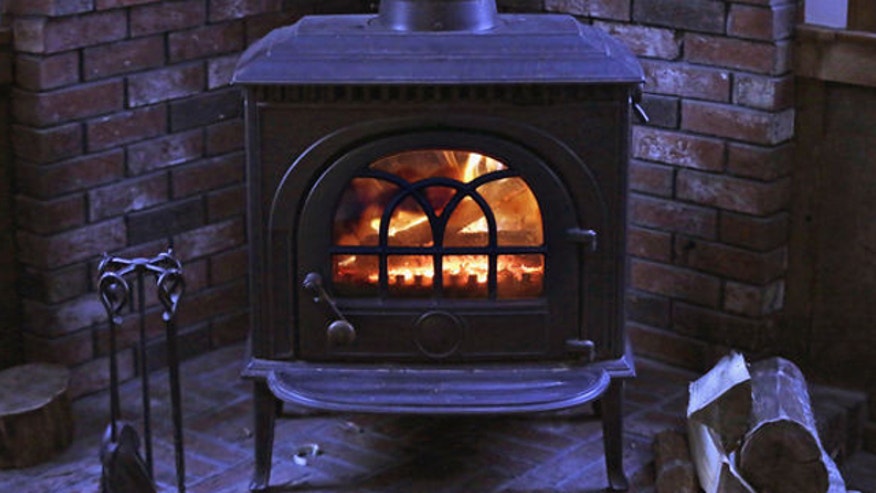A federal proposal requiring more efficiency from wood-burning stoves has ignited a debate between the Obama administration and lawmakers who oppose the new regulations, arguing the rules impose an unfair burden on people in remote areas.
The Environmental Protection Agency proposed a rule changes in January that would dramatically tighten emissions requirements on new wood-powered heaters, though does not impact ones already in homes.
The EPA estimates that as much as 13 percent of all soot pollution in the U.S. is a result of inefficient wood-fired stoves and boilers.
The dispute pits several mostly urban states, mainly in the northeast, against some rural states such as South Dakota, which says the rules would impose an unfair burden on people in remote areas. About one in four South Dakota homes has a fireplace or wood stove.
Among those opposed to new rules are South Dakota Republicans Sen. John Thune and Rep. Kristi Noem, who say the new requirements will have a big impact on South Dakotans who rely on wood stoves during the long winter.
"Leave it to the EPA to impose more regulations on an affordable and renewable fuel source after one of the coldest winters on record and a costly propane shortage," Noem said.
Last week, Thune wrote EPA Administrator Gina McCarthy asking her to abandon the proposed changes and work with Congress to find a more balanced approach.
"South Dakota and many other states are continuing to deal with a propane shortage, which has resulted in record-high propane prices," Thune wrote. "Many families turn to secondary sources of heat, such as wood stoves, when propane and heating fuel prices increase." Residential propane prices surged this winter to $4 a gallon, nearly double the typical rate.
The regulations the EPA has on the books date back to 1988, and don't take into account some wood-burning devices that weren't in use back then. The proposed rules would give manufacturers five years to make products that reduce emissions by approximately 80 percent.Read the rest of the story HERE.
If you like what you see, please "Like" us on Facebook either here or here. Please follow us on Twitter here.





No comments:
Post a Comment